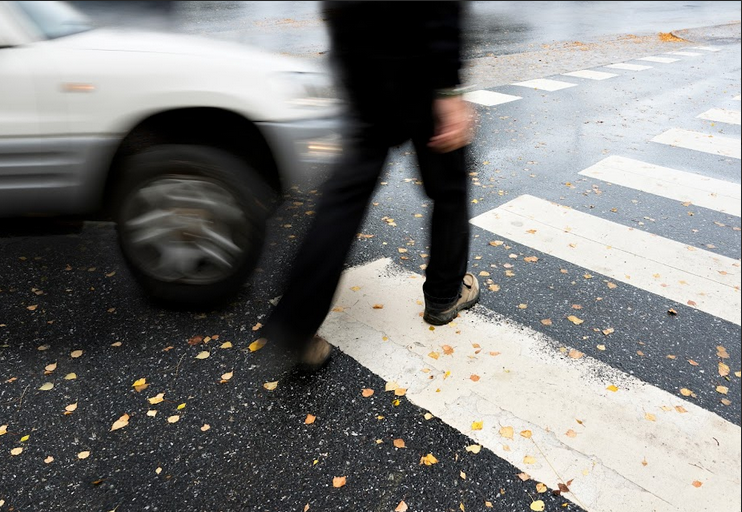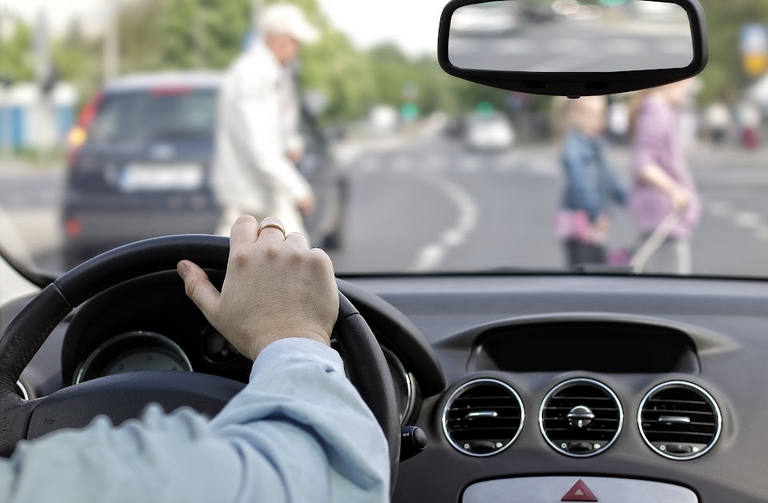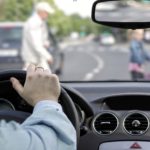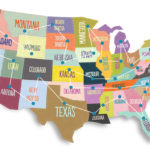Most people have been there strolling down city streets without a care as cars zoom past. Seems normal, right? But there are hidden dangers they often overlook as pedestrians.
This isn’t about being paranoid on your walks. It’s about going in with your eyes open to the risks, so you can handle them smartly.
Between speeding cars, distracted drivers, and crumbling crosswalks, dangers lurk around many an urban corner. But knowledge is power. By learning street smarts, you can navigate any neighborhood and crosswalk confidently.
Consider this your street safety crash course. So, let’s dig in—it’s time to uncover what’s really going on out there, so you can walk wise while taking in the city sights.
Understanding The Risk Factors
Walking the streets seems simple, but there are risk factors you definitely need to know:
- Busy Intersections: These are straight up danger zones with so many cars turning and people crossing at once—indeed, a total chaos! So, you’ve got to have your head on a swivel.
- Distracted Drivers: Ever seen someone texting at the wheel? Yes, they’re not really watching out for you.
- Your Own Distractions: It’s not just them. That phone in your hand? It can take your attention off the road, making you miss a car speeding your way.
- Poorly Designed Walkways: Poorly maintained sidewalks and crosswalks trip people up for real. Cracks, faded paint, and missing signs—they make things way more hazardous.
- Lack Of Traffic Signs: A road with no clear ‘Walk’ and ‘Don’t Walk’ signals is the worst. You’re left guessing if it’s safe to cross with speeding cars around.
It’s a concrete jungle out there but knowing these risks will help you prepare. You’ve got to enter each walk with your street smarts on high alert!
Getting involved in a pedestrian accident can be detrimental to your safety and money. If something unfortunate happens, don’t hesitate to ask a lawyer for help. They can aid you in navigating the complex legal system so you can earn the compensation you rightly deserve.
How Speed Plays A Role
You know how when you’re driving down the highway and everything is just whizzing by in a blur? Speed changes everything—not just how fast the cars are moving but how much time you’ve got to react.
Here’s a breakdown. Say you’re crossing the street and a car’s coming at 30mph. The driver’s got a decent amount of time to see you and slam on the brakes if needed.
But crank it up to 50mph, and suddenly that reaction window gets tiny. By the time they realize you’re there, it’s too late to stop.
And it’s not just about reactions. Higher speeds mean harder impacts. So, driving at lower speeds might leave you wounded up but ok. At high speeds though, it turns into a whole other situation. The faster the car, the uglier the outcome.
So, next time you’re near traffic, keep speed in mind. It’s more than just a number—it can be the difference between walking away or getting seriously hurt.

The Impact Of Distracted Walking
Most people are guilty of walking around glued to our phones. But the truth is, distracted walking can be seriously dangerous.
When you’ve got your eyes on the screen, you’re way less likely to notice cars coming or other hazards around you. Your situational awareness goes down to zero.
Studies show people checking phones are four times less likely to look before crossing a road. And you know how that ends up.
So, as tough as it is, fight the urge to scroll and text when you’re hoofing it around town. Keep your head up and eyes open, especially when crossing.
Be present in your surroundings, not lost in cyberspace. The city streets deserve your full attention. Stay alert so you can avoid accidents!
The Role Of Urban Planning
You ever notice how some neighborhoods you can just cruise through no problem, while others make you feel like you’re taking your life in your hands? That’s all thanks to urban planning—or the lack thereof.
See, well-designed cities have stuff like wide sidewalks, streetlights everywhere, and crosswalks on every block. On the other hand, you’ve got areas with narrow sidewalks where you’re practically in the street, poor lighting so you can barely see, and crosswalks few and far between. Those aren’t just annoying—they’re downright hazardous.
The point is you deserve to have a city built with your safety in mind. Good urban planning means listening to people like you who want walkable spaces where you don’t feel like you’re risking your neck just to get to the store.
So, speak up for better lighting, more crosswalks, wider sidewalks—whatever it takes to help you get around without fear. Your safety should be priority number one.
Weather Conditions And Visibility
Don’t you hate when you leave the house and suddenly it’s pouring? You’ve got to love unpredictable weather—it can really mess with your walks.
Like when fog rolls in, it’s so much harder for drivers to see you crossing the street. Or when it randomly ices over and you’re sliding around like a newborn deer. Good times.
Here’s a pro tip: make yourself as visible as possible out there. Throw on some bright or reflective gear so you stand out against all that grey fog and rain. And give cars extra space to stop—they need it when visibility sucks.
Be prepared for weather to sneak attack your stroll at any moment. Stay alert, wear the right clothes, and don’t take chances. A little planning goes a long way on those unpredictable days. Then you can enjoy your walk no matter what’s falling from the sky.
Legal Protections For Pedestrians
You’ve got rights, and you should know them. When you’re out, the law’s got your back. Think of it as an invisible shield to protect you. What does this mean? For starters, crosswalks are your safe zone. Drivers have to yield to you here, no ifs, ands, or buts.
But what if a driver’s not paying attention and things go south? That’s where personal injury laws come into play. You can seek compensation for any harm done. It’s not just about medical bills or lost wages; it’s about making sure you’re taken care of.
And here’s something else: cities are working hard to keep you safe. They’re putting in better lights, clearer signs, and safer crosswalks. It’s all about creating a space where you can walk without worry.
Intersections are like an elaborate dance with cars, bikes, and people all moving to their own beat. As a pedestrian, your goal is to glide through with skill and style.
First rule: ditch the phone. Those texts can wait when you’ve got to focus. Keep your head up and eyes scanning, especially for turning cars. They may not peep at you right away.
When that little walking man pops up, it’s your cue to start walking across the street. But even then, it’s recommended to take a quick left-right check before proceeding
Also, hug those corners while you wait, since drivers might cut it close while turning. And give yourself plenty of time to cross—no need to rush on a yellow light. Leave impatience at the curb.
The Role Of Alcohol And Drugs
You’ve heard ‘don’t drink and drive,’ but the same rule applies when you’re walking around! Taking a stroll under the influence can spell T-R-O-U-B-L-E.
Booze and walking just don’t mix well. Your judgment gets wonky, coordination goes out the window, and your sense of direction gets straight up confused. You think you’re walking a straight line, but you’re zig-zagging into traffic.
And it isn’t just the booze, either. Weed, pills, anything that throws off your senses can turn a simple walk into a hot mess. You feel totally in control, but your safety radar is busted.
It’s not only dangerous for you but for everyone around you, too. Drivers, bikers, and other walkers could get hurt if you make the wrong impaired move.
Advancements In Pedestrian Safety Technology
You’ll be amazed at how tech is stepping up to keep you safe on the streets. Think smart crosswalks—they’re not science fiction anymore. These crosswalks light up or change colors based on pedestrian traffic, making you more visible to drivers.
And it’s not just about the roads. Your smartphone could be your new safety buddy. Apps now send alerts if you’re walking in a high-risk area or about to step onto a busy street.
Ever heard of wearable tech for pedestrians? It’s a thing! From jackets with reflective LED lights to smartwatches that vibrate when you’re near danger, tech is literally on your side.
Plus, let’s not forget about cars. They’re getting smarter too, with systems designed to detect pedestrians and automatically brake if you’re too close. It’s like having an extra pair of eyes looking out for you.
These advancements aren’t just cool. They’re also making your daily walk safer. Keep an eye out—the future of pedestrian safety is here!
Parting Thoughts
As a pedestrian, you’re vulnerable in ways you might not always recognize. Understanding these hidden dangers empowers you to take proactive steps towards your safety. Remember, every step you take in an urban landscape is a step that requires awareness and caution. Stay alert, stay informed, and stay safe.
Related Posts












